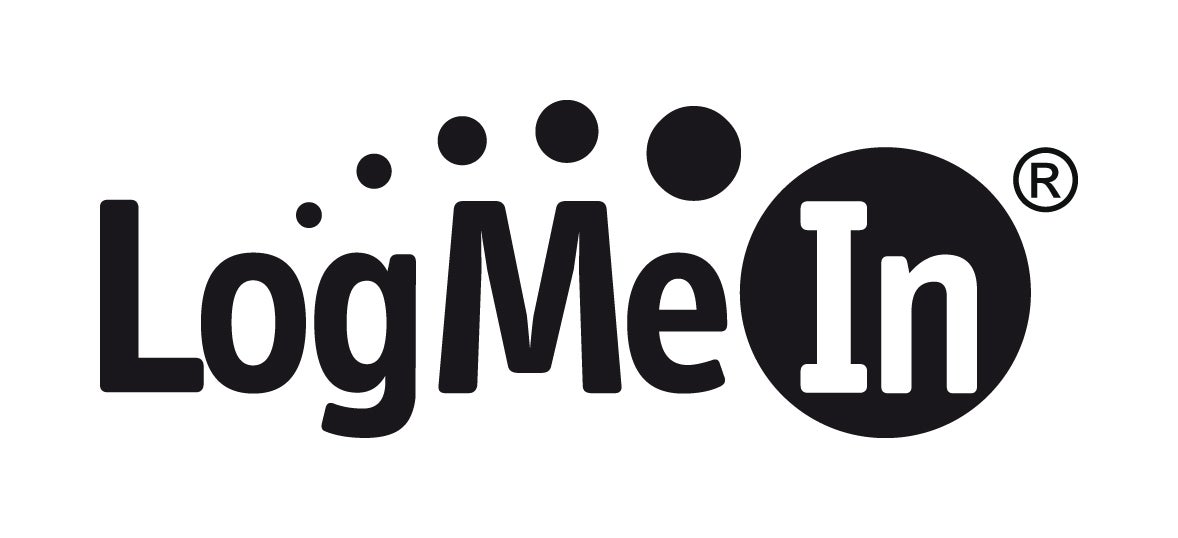LogMeIn drops free service, gives users 7 days to sign up for paid subscription services
The abrupt end to the popular remote access service has annoyed users

Your support helps us to tell the story
From reproductive rights to climate change to Big Tech, The Independent is on the ground when the story is developing. Whether it's investigating the financials of Elon Musk's pro-Trump PAC or producing our latest documentary, 'The A Word', which shines a light on the American women fighting for reproductive rights, we know how important it is to parse out the facts from the messaging.
At such a critical moment in US history, we need reporters on the ground. Your donation allows us to keep sending journalists to speak to both sides of the story.
The Independent is trusted by Americans across the entire political spectrum. And unlike many other quality news outlets, we choose not to lock Americans out of our reporting and analysis with paywalls. We believe quality journalism should be available to everyone, paid for by those who can afford it.
Your support makes all the difference.LogMeIn, makers of a free software program that allows remote access to computers, have caused outrage on the internet after giving users just seven days’ notice before they must start paying for the service.
The seven-day grace period starts from the next time users log in to the LogMeIn Free service, asking them to upgrade to LogMeIn Pro.
Annual fees for LogMeIn Pro run to $79 (£50) for two computers and two mobile devices, $199 (£120) for five computers and five mobiles, and $359 (£220) for 10 computers and 10 mobiles.
The Pro service also offers a number of additional features including integration with various cloud services (including Google Drive, Sky Drive and Dropbox) as well as remote printing and the transfer of files between multiple remotely controlled PCs.
The company has been described as one of the ‘pioneers’ of the freemium business model, in which users are offered a stripped-down service for no cost whilst encouraged to upgrade to the paid version.
It’s not clear why the company has decided to change this model (a blog post states only that the company is “unifying [their] portfolio of free and premium remote access products into a single offering”) but non-paying users have vented their annoyance online.
Many cited the lack of advance notice as the most annoying feature, with one irate user telling technology site The Register that the decision was like being forced to “hear the click of the loaded revolver being held to my cranium and pony up for a year's subscription.”
For those users who are just not happy paying for the service many other free alternatives remain, including TeamViewer, RealVNC and Microsoft’s own built-in Windows Remote Desktop Connection.
Join our commenting forum
Join thought-provoking conversations, follow other Independent readers and see their replies
Comments